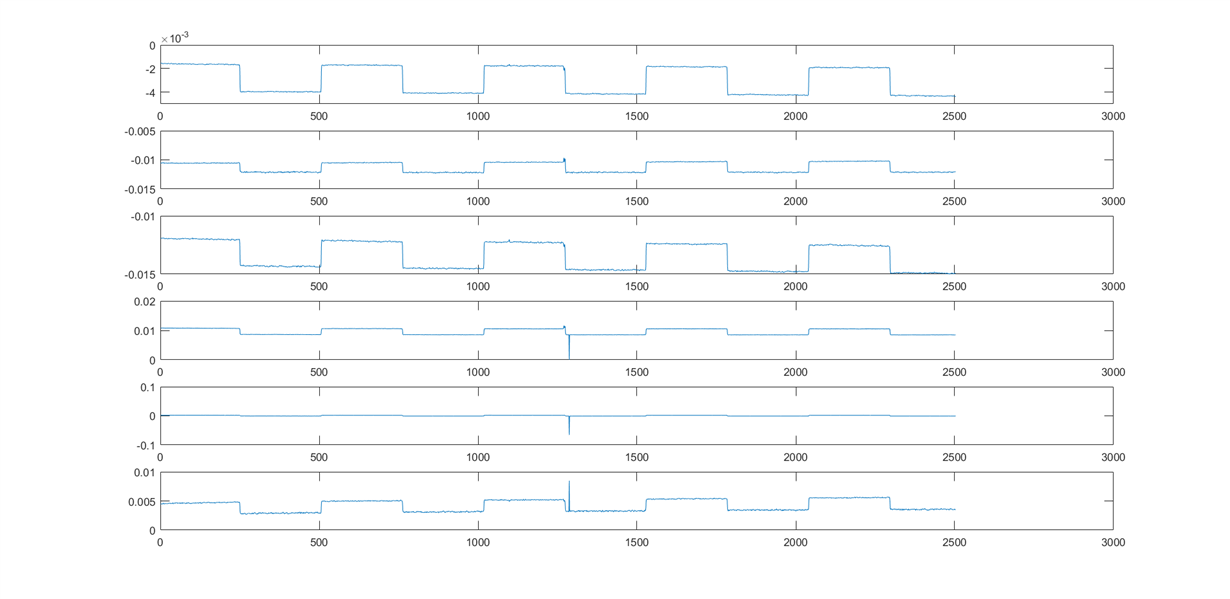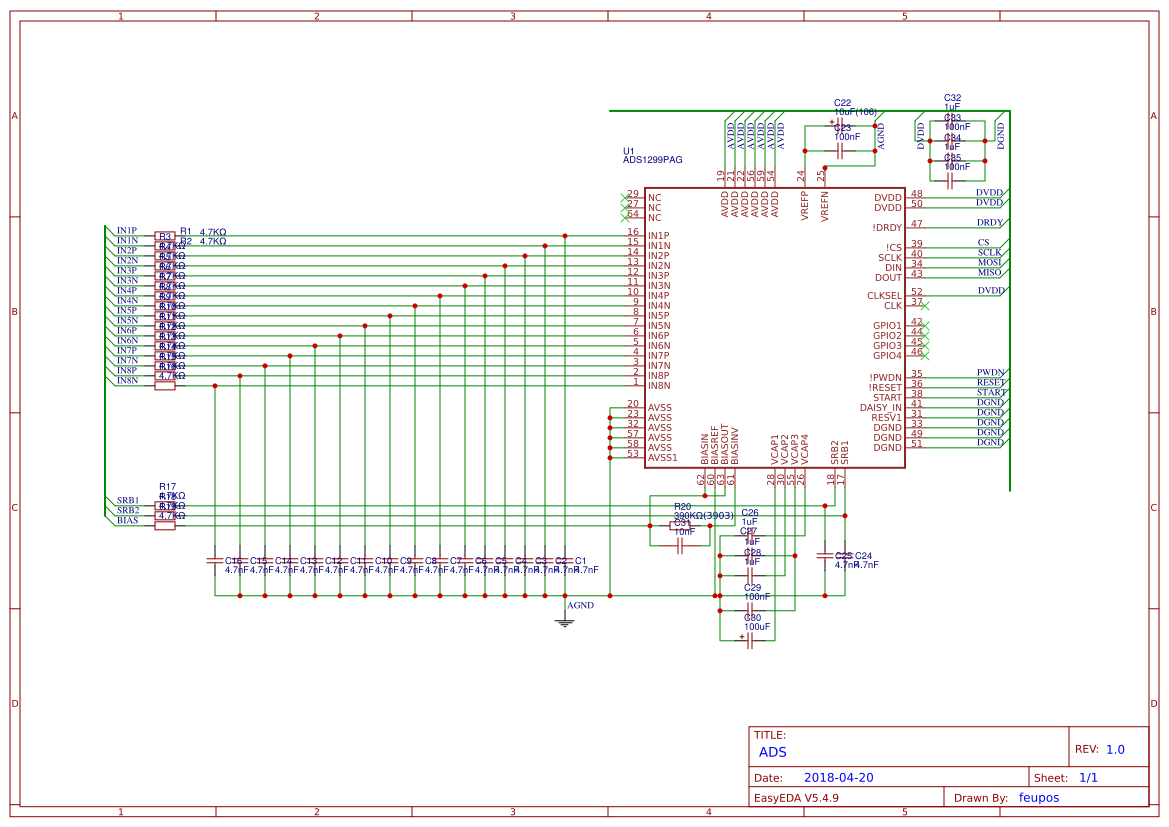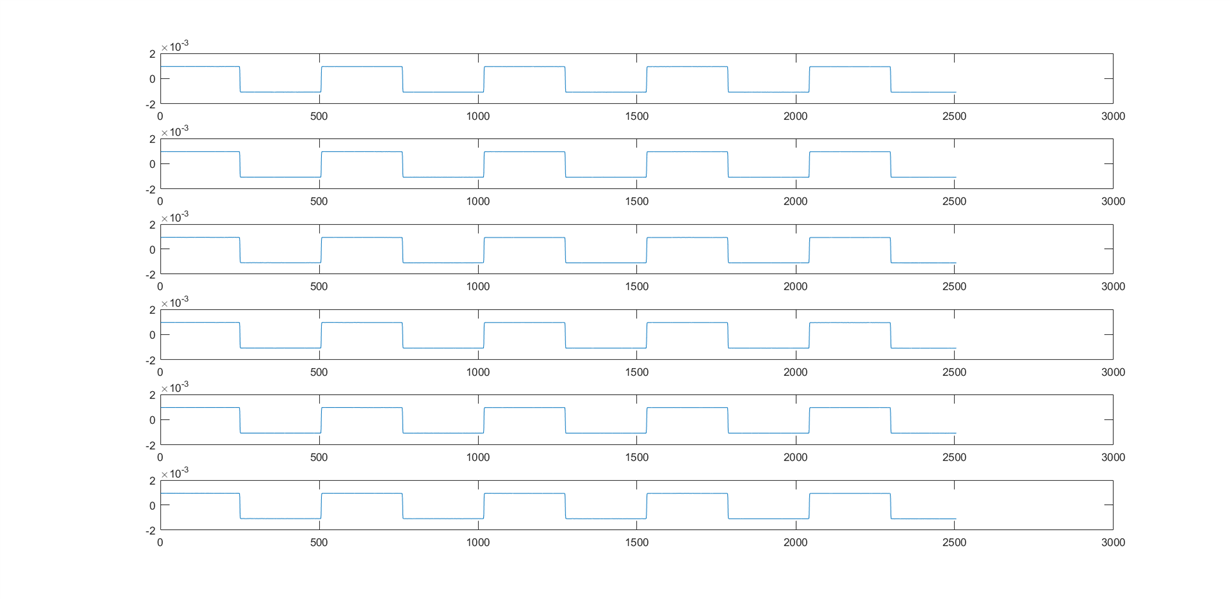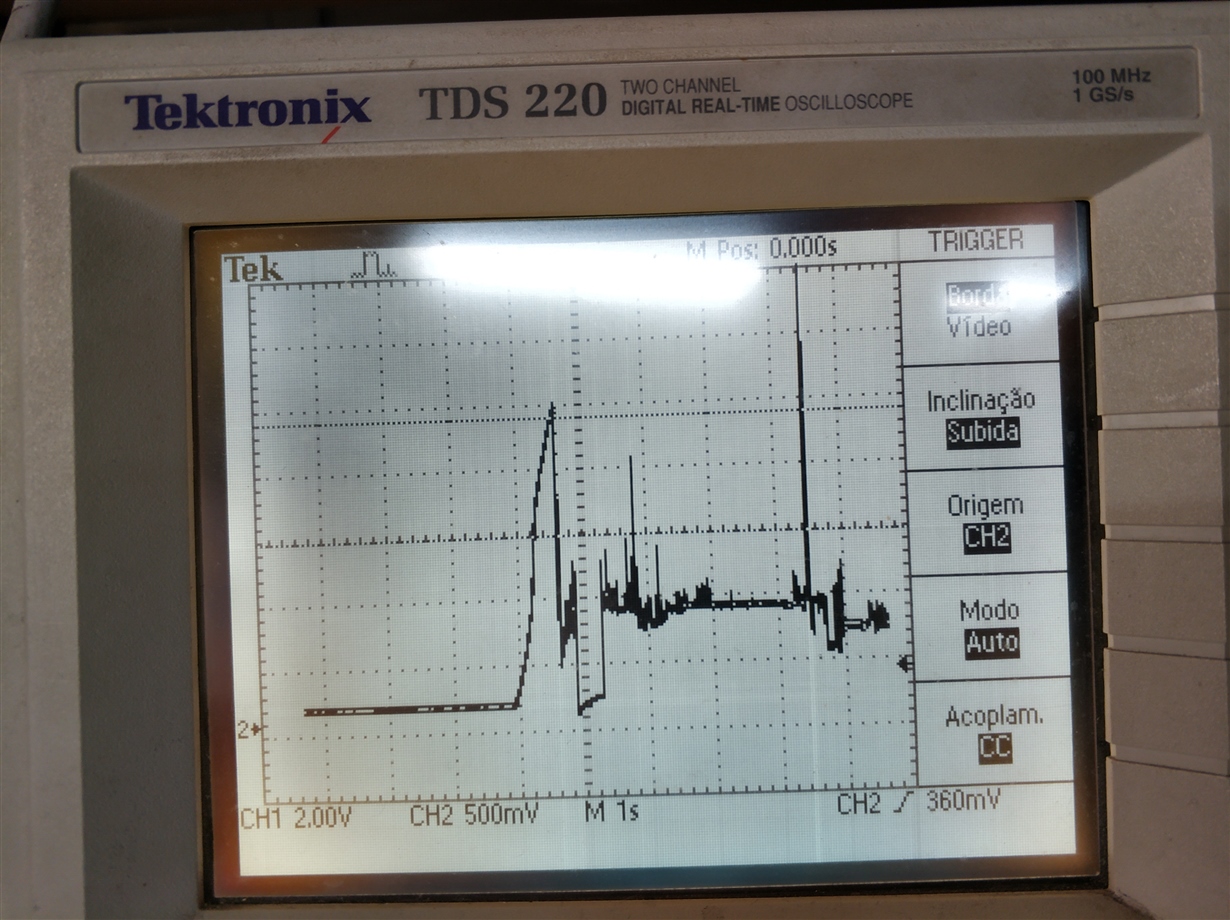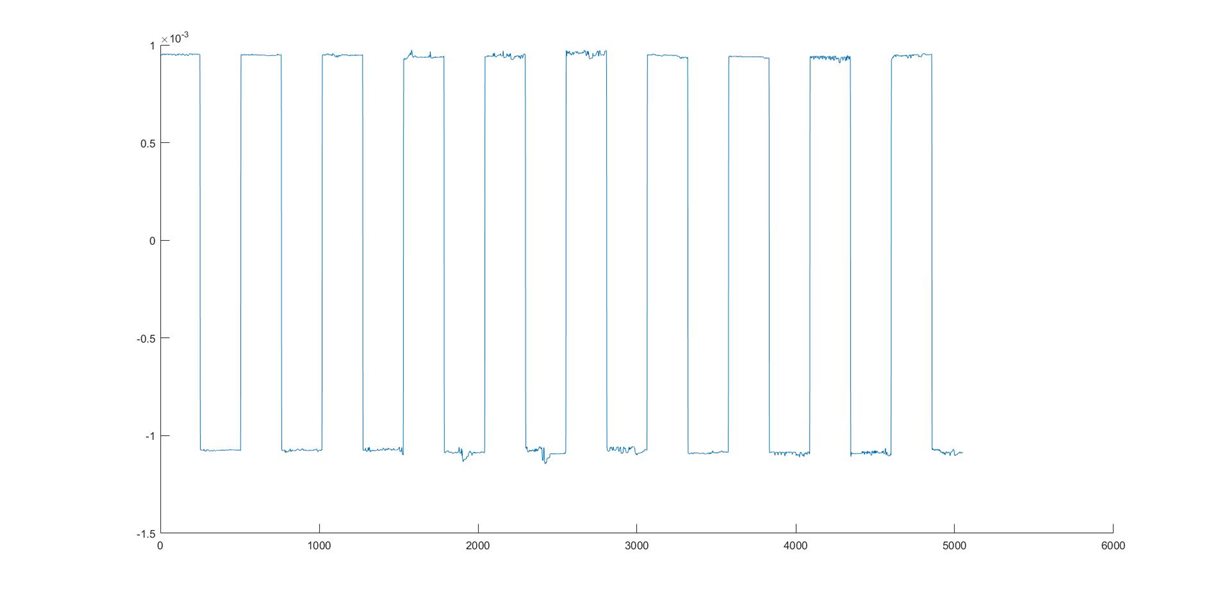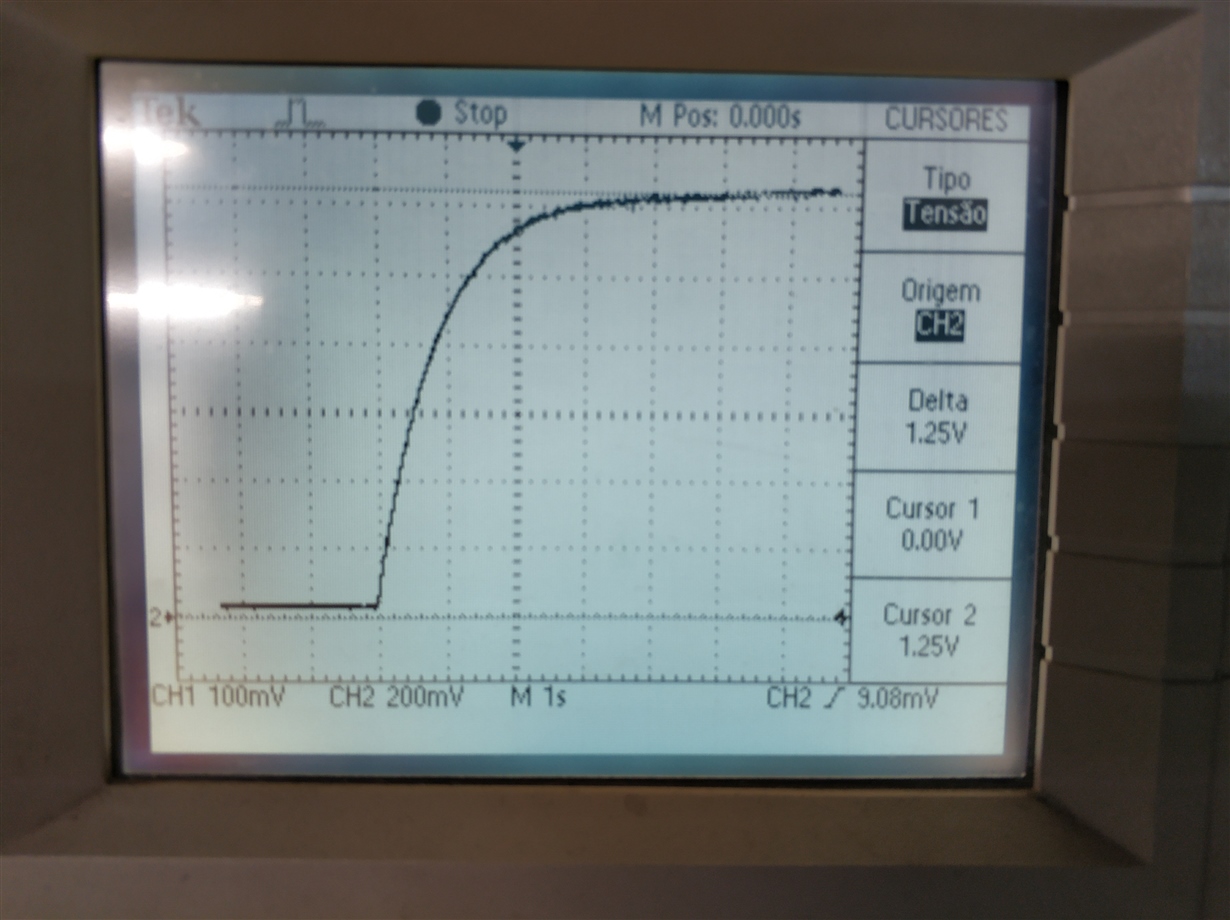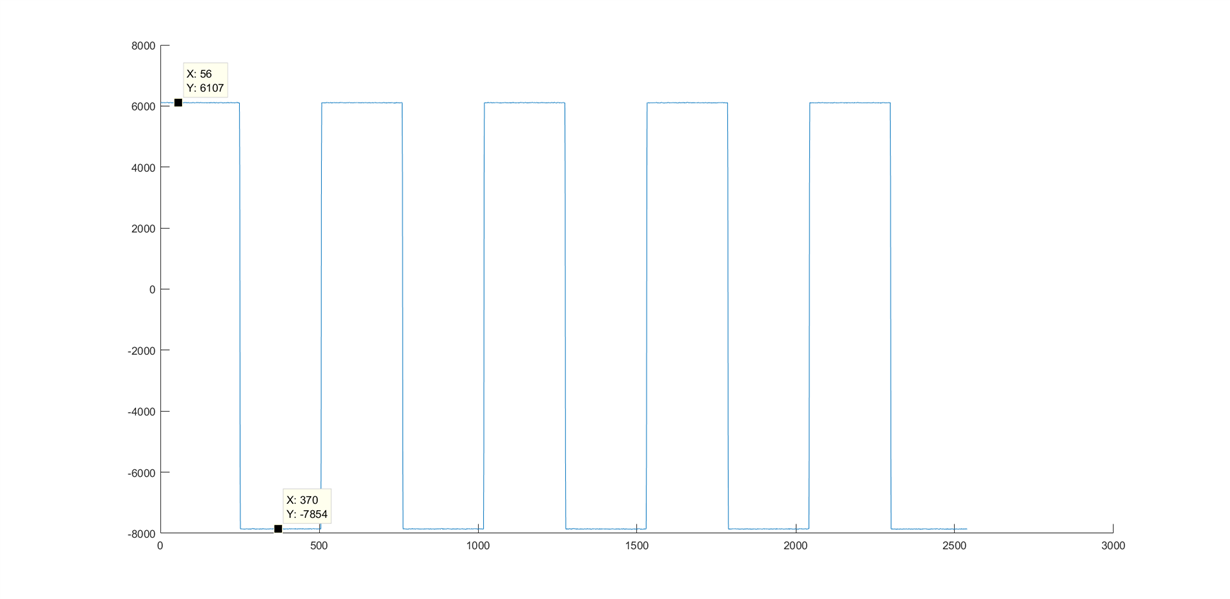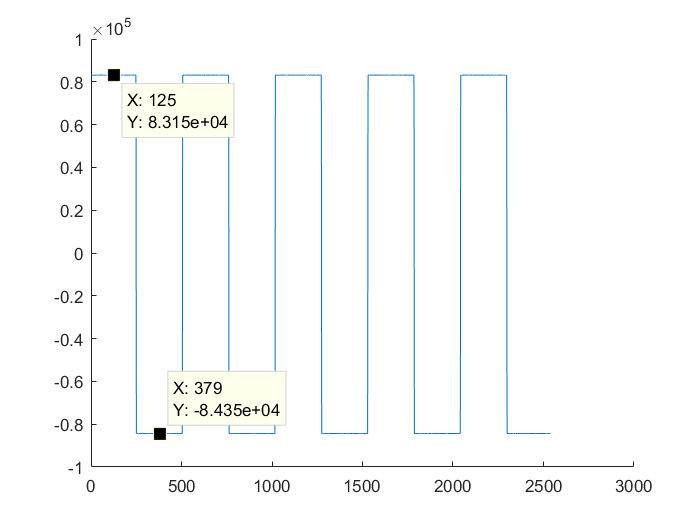Hello,
I have been trying to use the ADS1299 (6 chanels), but I am having some trouble. The voltage on the VREFP and VCAP pins seems to be wrong, and I am getting some noisy and wrong data.
The voltage on VCAP1 is 900mV and on VREFP only 100mV.
The registers are configured as (Python)
self.SPI_writeSingleReg(REG_CONFIG3, 0xE0)
self.SPI_writeSingleReg(REG_CONFIG2, 0xD0)
tx_buf = [0] * self.nb_channels
for i in xrange(0, self.nb_channels):
tx_buf[i] = 0x65
self.SPI_writeMultipleReg(REG_CHnSET_BASE, tx_buf)
I don't know what to do to get the proper voltages. I have already tried to change the capacitors for some new ones.



